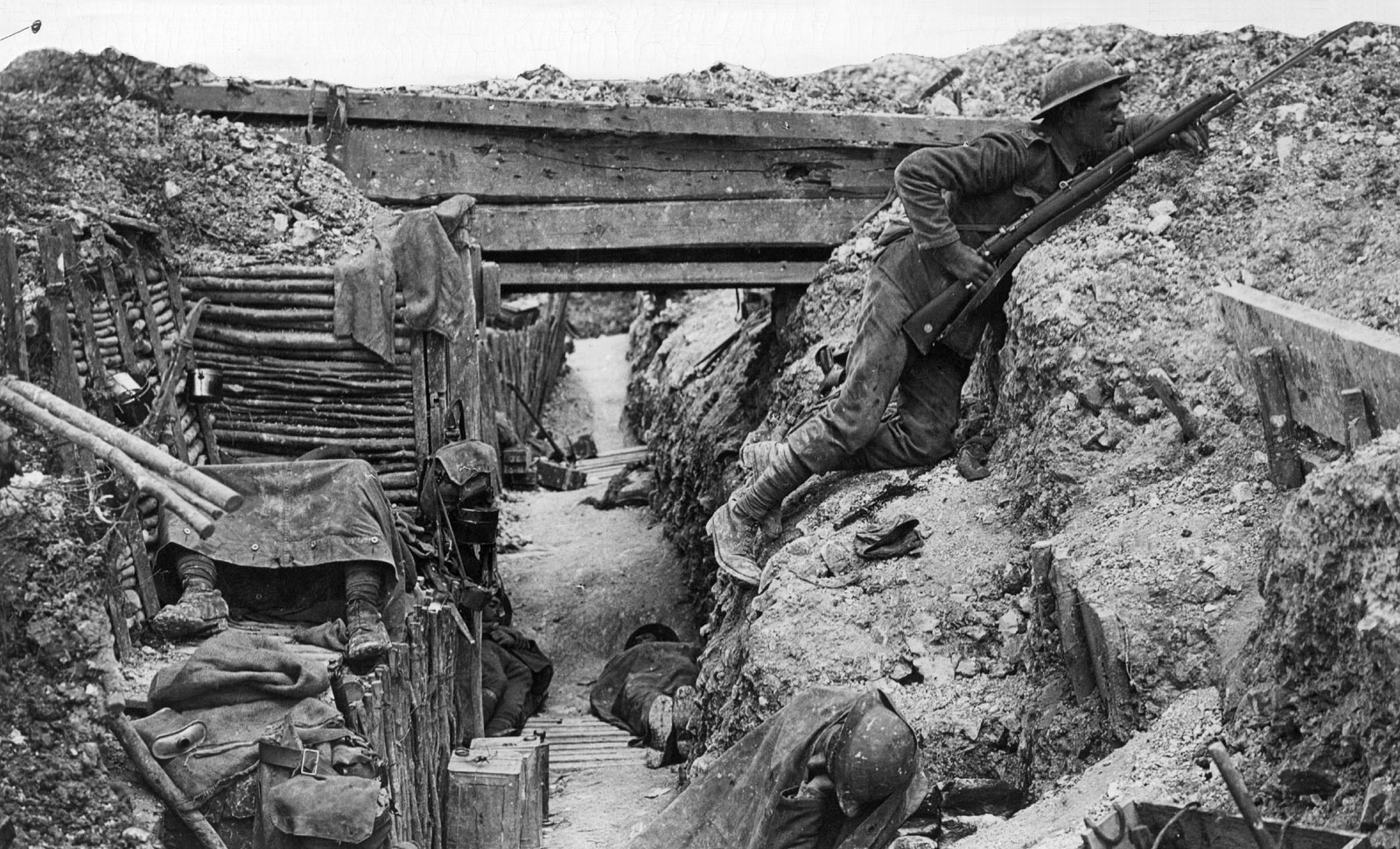The German attack through Belgium was the first stage in the plan prepared by Alfred Graf von Schlieffen (1833-1913), chief of the general staff from 1891 to 1906. The strong right wing was to take Paris and fall on the rear of the French, who would be pinned down by the left wing.
With France quickly eliminated, the Germans would then unite their forces and attack the Russians, who would still be in the throes of mobilization. Britain, an island nation, would be held off and attacked if necessary.
The German plan failed for two reasons. First, the German chief of staff, Helmuth von Moltke (18481916), who succeeded Schlieffen, had weakened the right wing to send divisions to the east. When the right wing neared Paris, it had too few divisions to take the capital and then turn on the French army as planned.
Second, the French, though at first preparing an offensive eastward, shifted their armies northward and westward in time to meet the invading Germans. With the help of a small British force, the French exploited a gap that opened between the German armies, who lost their first great test, known as the battle of the Marne (September 5-12, 1914).
The opposing forces then engaged in what came to be called the “race for the Channel,” with the Germans trying to outflank the Allies and reach the Channel ports first, thus shutting the short sea passage to future British reinforcements. But they failed here, too, and throughout the war the ports of Calais and Boulogne and the southwestern corner of Belgium were to remain in Allied hands.
By the autumn of 1914 this western front was stabilized. Between the Channel and the Swiss border of Alsace near Basel, hundreds of thousands of soldiers faced each other in a continuous line. Both sides dug in and made rough fortifications, the central feature of which was a series of parallel trenches deep enough to conceal a man standing upright.
As time went on these trenches were supplied with parapets, machine-gun nests, and an elaborate network of approach trenches and strong points, until the entire front became one immense fortification. Thousands of local actions in the four years of trench warfare shifted the lines here and there, and a series of partial breakthroughs occurred on both sides.
But on the whole the lines held, and the actual fighting in the West was confined to an extraordinarily narrow, though very long, field in which changing weaponry gave the defense increasing advantages over the offense.

